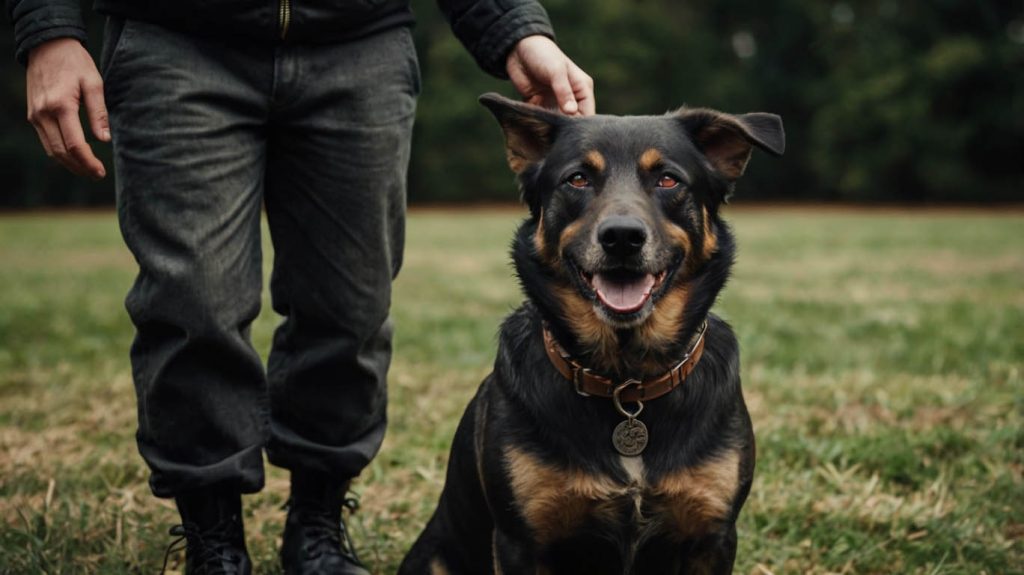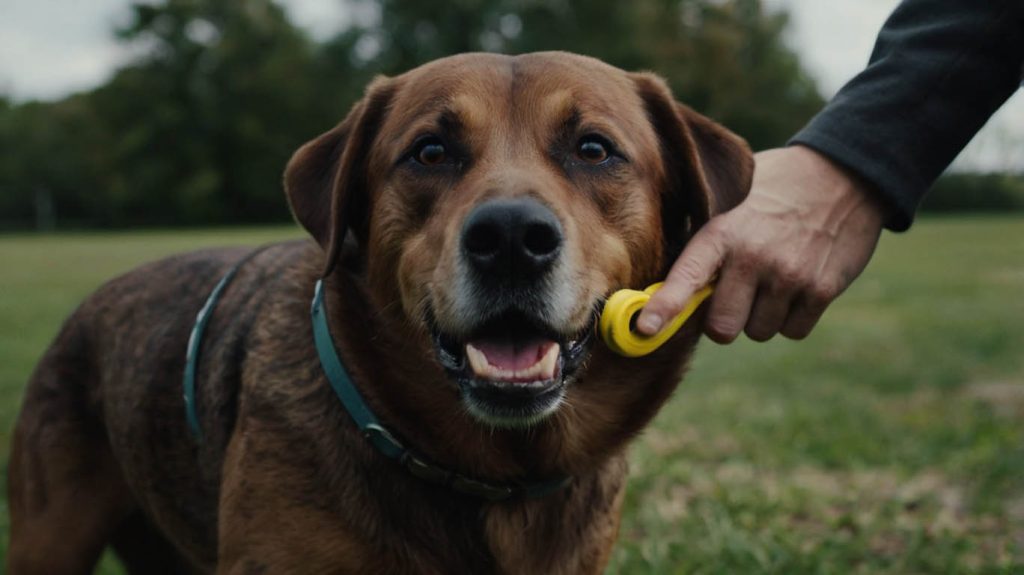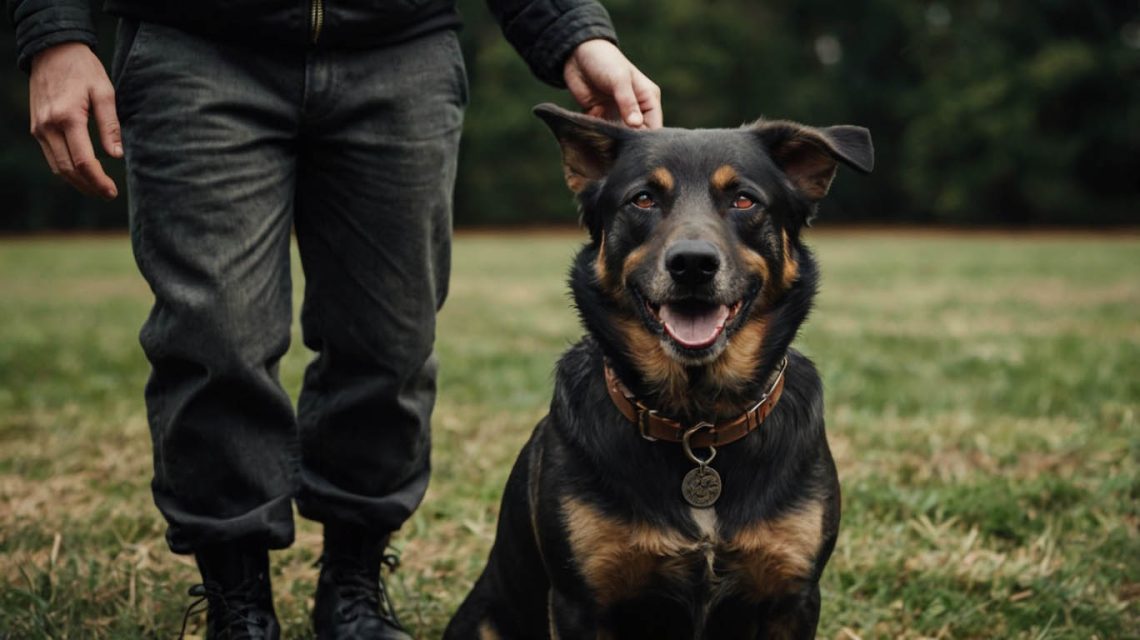Can you really train a dog without using treats? Absolutely. While most dog trainers rely heavily on food as a reward, there’s a growing number of pet parents and professionals discovering the power of no treat dog training. This method shifts the focus from food motivation to deeper rewards—such as praise, play, and emotional connection.
In this article, we’ll explore how to effectively train your dog without food, why it works, and how to adapt it to your dog’s personality. Whether your dog ignores treats, has allergies, or you simply want to strengthen your relationship, no treat dog training might be the perfect approach.
Why Choose No Treat Dog Training?
Some dogs just aren’t food motivated. Others may struggle with weight issues, food allergies, or specific dietary needs. That’s where no treat dog training becomes more than just a choice—it becomes a necessity.
Additionally, relying solely on food can:
- Create dependency on treats for obedience
- Reduce long-term response without a reward
- Lead to overfeeding and digestive problems
- Make it hard to generalize commands in real-world settings
By removing treats from the equation, you tap into something even more powerful: the bond between you and your dog.

Case Study: Benny the Ball-Loving Bulldog
Benny, a two-year-old bulldog, simply wasn’t into treats. His owner, Maria, struggled to keep his attention during training. After switching to no treat dog training using a ball as the primary reward, Benny’s progress skyrocketed. Maria began every session with fetch, used praise between throws, and incorporated simple commands before tosses. Within a month, Benny was sitting, staying, and walking on a loose leash—all without a single treat.
Benny’s story proves that effective training is about motivation—not just snacks.
Top Benefits of No Treat Dog Training
Builds a Stronger Bond
Your dog begins to see you as the source of joy, not just the treat pouch. This improves attentiveness and trust.
Encourages Internal Motivation
Instead of performing for food, dogs begin to respond out of habit, enjoyment, and clarity in communication.
Reduces Treat Dependence
Eventually, every dog owner wants to phase out treats. With no treat dog training, that step happens from day one.
Creates Versatile Obedience
Without food as a crutch, dogs become more responsive in diverse settings—at the park, vet, or during emergencies.
Getting Started with No Treat Dog Training
Discover Your Dog’s True Motivation
Start by finding what your dog loves. Common motivators include:
- Play (fetch, tug, chase)
- Praise (“Good boy!” in a happy tone)
- Affection (belly rubs, ear scratches)
- Freedom (access to outside, off-leash time)
- Access (permission to greet someone or explore)
Once identified, use this motivator to reward your dog’s correct behavior consistently.
Teach with a Verbal Marker
Clickers are often used with treats, but in no treat training, your voice becomes the bridge.
How to create a marker word:
- Choose a word like “Yes!” or “Good!”
- Say it immediately when your dog does the right thing
- Follow it with your chosen reward (praise, toy, access)
Over time, this word signals success—reinforcing learning even without food.
Use Play as a Reward in No Treat Dog Training
For energetic dogs, play can be more motivating than food.
Training with Fetch or Tug:
- Ask for a command (like “sit” or “stay”)
- Reward with a quick game (5–10 seconds of tug or one ball toss)
- Repeat in short, upbeat bursts
- Use your voice and movement to build excitement
This keeps your dog mentally and physically engaged while reinforcing obedience.
Incorporate Life Rewards into Training
Life rewards are everyday privileges that your dog values.
Examples:
- Sitting calmly before the door opens
- Walking nicely to earn off-leash time
- Waiting for a leash clip before a walk
- Staying down to receive affection
By linking commands to real-world access, no treat dog training becomes an effortless part of daily life.

How to Train Basic Commands Without Treats
Sit
Use your hand or a gentle leash guide. As soon as your dog sits, use your marker word and give praise or toss a toy.
Stay
Ask your dog to stay, then walk a few steps away. Return and mark the behavior with praise, a pat, or a release to play.
Come
Make “come” fun by running backward or acting excited. When your dog reaches you, reward with affection or a favorite toy.
Leave It
Place a distraction on the ground and say “Leave it.” If your dog looks away or stays still, mark the behavior and offer praise or a walk in another direction.
Building Engagement Without Treats
Make Yourself More Interesting
Dogs will ignore distractions if you’re the most fun thing around.
- Change pace on walks
- Use silly voices or happy tones
- Add games like “touch” or “find it”
- Reward focus with movement, not snacks
Keep Sessions Short and Fun
No treat dog training works best in short bursts of 5–10 minutes. Mix in:
- Obedience commands
- Games
- Praise-heavy moments
Always end sessions on a high note to keep motivation strong.
Avoid Common Pitfalls in No Treat Dog Training
❌ Lack of consistency
❌ Unclear communication
❌ Low enthusiasm during praise
❌ Failing to identify motivators
❌ Using punishment over redirection
No treat dog training is only effective when it’s built on patience, clarity, and joy.
When to Consider Professional Help
If your dog:
- Is completely unmotivated by toys or praise
- Has behavioral issues like aggression or extreme fear
- Shows no progress despite repeated effort
…then consider working with a certified trainer experienced in positive reinforcement without food.
FAQs
Can all dogs be trained without treats?
Yes! Every dog has a motivator. It just takes some observation and creativity to find it.
Will no treat dog training take longer?
Not necessarily. Some dogs learn faster when engaged through play or praise instead of food.
How can I phase out treats if I’ve already used them?
Start replacing treats with toys, play, or affection. Gradually reduce food frequency while reinforcing behavior with alternatives.
Is this method good for puppies?
Absolutely. Puppies thrive on attention and play—making no treat training ideal during early learning stages.
What if my dog loses interest mid-session?
Change the activity, use a different reward, or take a short break. Keeping things fun and unpredictable is key.
Conclusion: Train from the Heart, Not the Hand
No treat dog training is more than a method—it’s a mindset. It’s about building connection, understanding motivation, and celebrating progress in ways that go beyond food.
When you train without treats, your dog learns to listen to you, not your hand. You become their guide, their source of joy, and their trusted partner. And that’s the real reward—for both of you.


